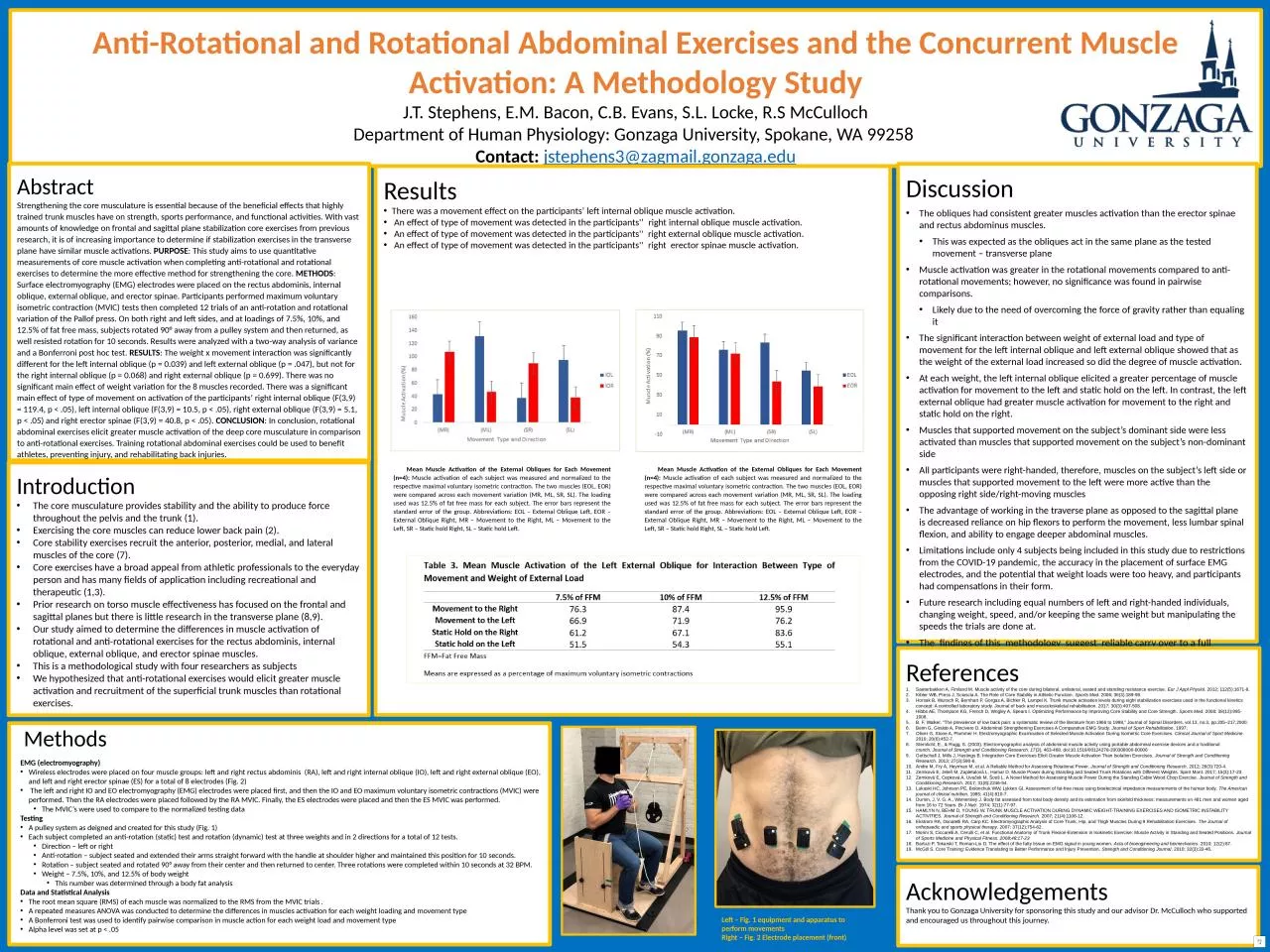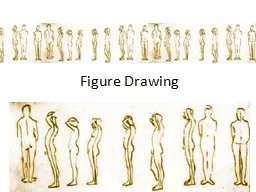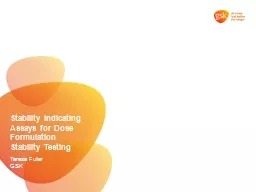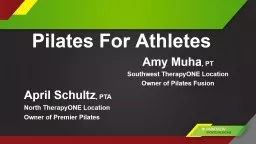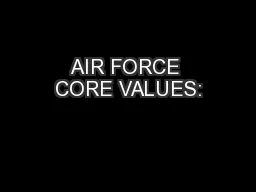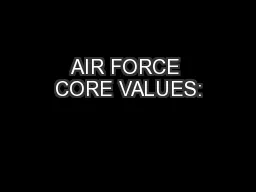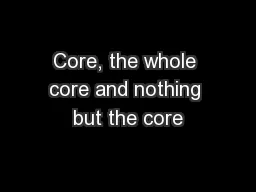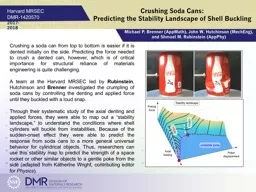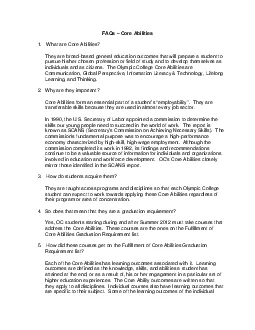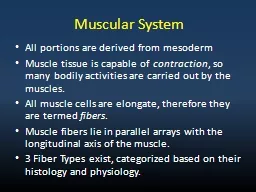PPT-Introduction The core musculature provides stability and the ability to produce force
Author : christina | Published Date : 2023-08-30
Exercising the core muscles can reduce lower back pain 2 Core stability exercises recruit the anterior posterior medial and lateral muscles of the core 7 Core
Presentation Embed Code
Download Presentation
Download Presentation The PPT/PDF document "Introduction The core musculature provid..." is the property of its rightful owner. Permission is granted to download and print the materials on this website for personal, non-commercial use only, and to display it on your personal computer provided you do not modify the materials and that you retain all copyright notices contained in the materials. By downloading content from our website, you accept the terms of this agreement.
Introduction The core musculature provides stability and the ability to produce force: Transcript
Download Rules Of Document
"Introduction The core musculature provides stability and the ability to produce force"The content belongs to its owner. You may download and print it for personal use, without modification, and keep all copyright notices. By downloading, you agree to these terms.
Related Documents

